![]() css-tricks.com
css-tricks.com
Quick Hit #55
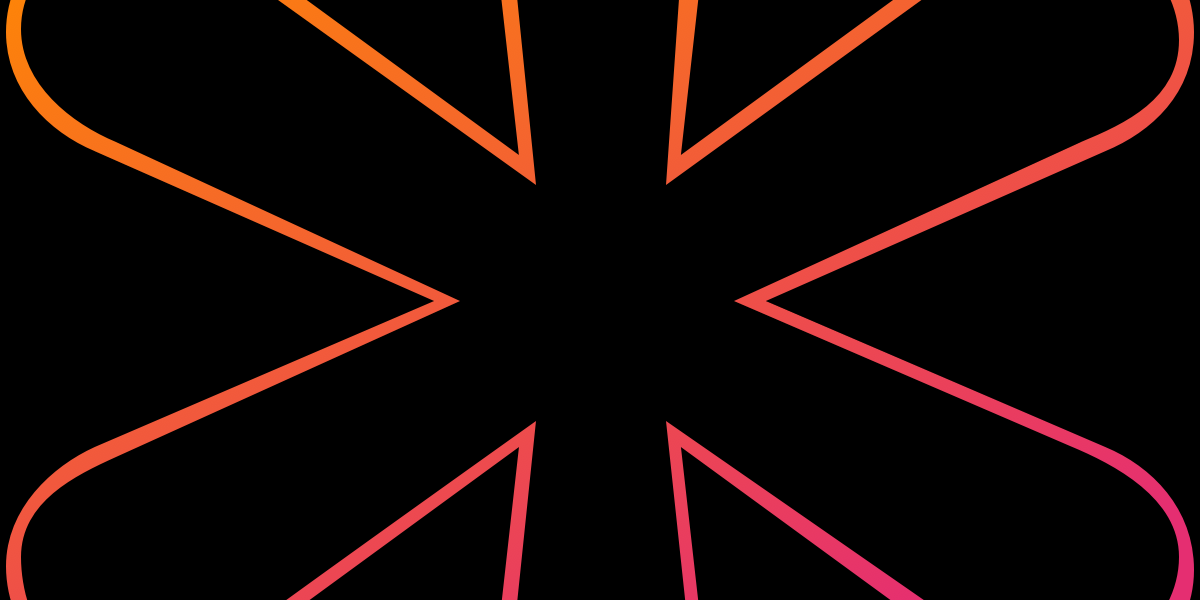
Really good to see Firefox Nightly join in the URL text fragments fun. Looks like we’ll have broad support super …
![]() css-tricks.com
css-tricks.com

Really good to see Firefox Nightly join in the URL text fragments fun. Looks like we’ll have broad support super …
![]() css-tricks.com
css-tricks.com

A client asked me to create a bulging text effect. With a bit of cleverness and some advanced CSS, I managed to get a result I’m genuinely proud of, which is covered in this three-part series.
![]() css-tricks.com
css-tricks.com
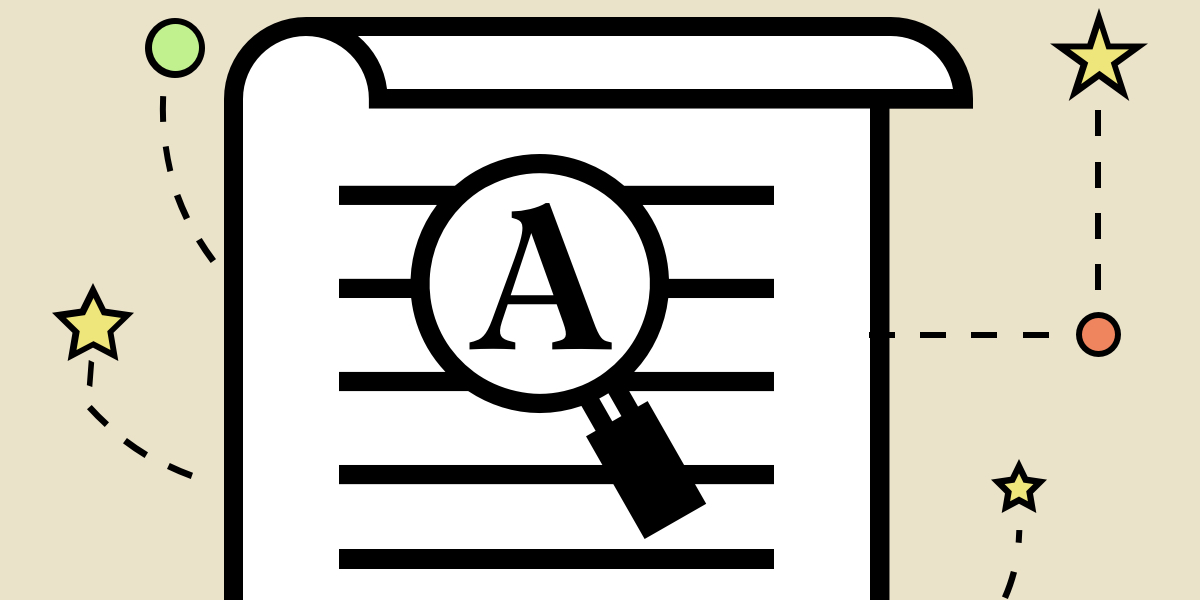
Short story: Slapping hidden=until-found on an element in HTML enables any hidden content within the element to be findable in the browser with in-page search.
![]() css-tricks.com
css-tricks.com

It’s easy to take URL superpowers for granted, even if you already have these patterns under your belt.
![]() css-tricks.com
css-tricks.com

My brain can’t help but try to make connections between seemingly disparate ideas. And that’s what happened yesterday when I …
![]() css-tricks.com
css-tricks.com

I’ve come to realize that perhaps we need to have a unit between root and relative values. This would bring about a whole new possibility when creating reusable components.
![]() css-tricks.com
css-tricks.com
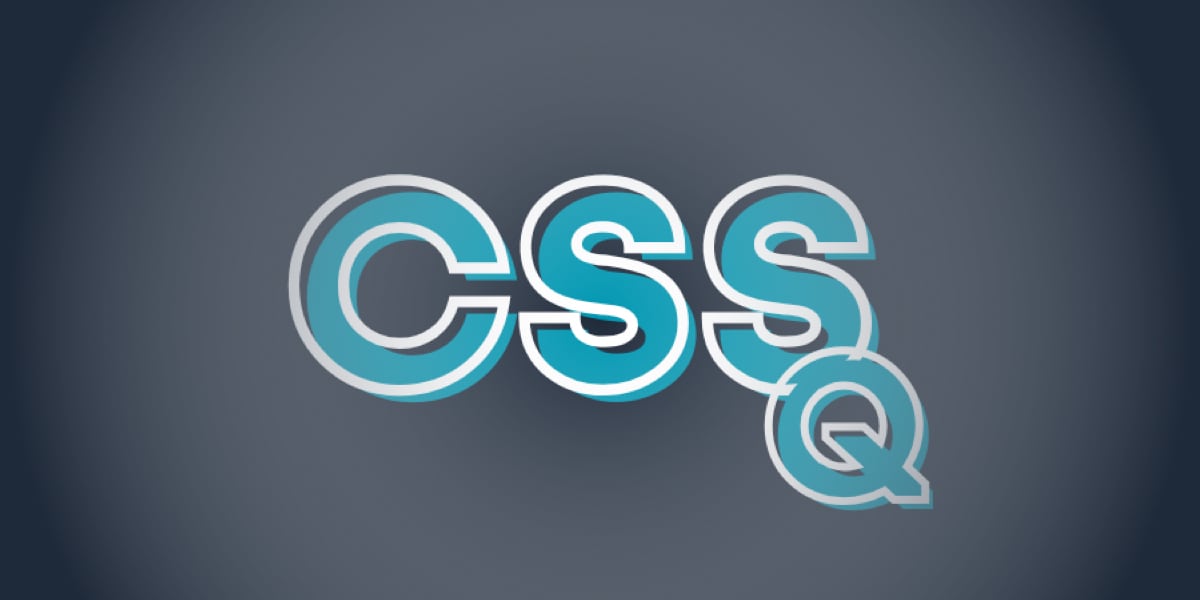
CSS-Questions is a mini site where you can test your CSS knowledge with over 100 questions.
![]() css-tricks.com
css-tricks.com
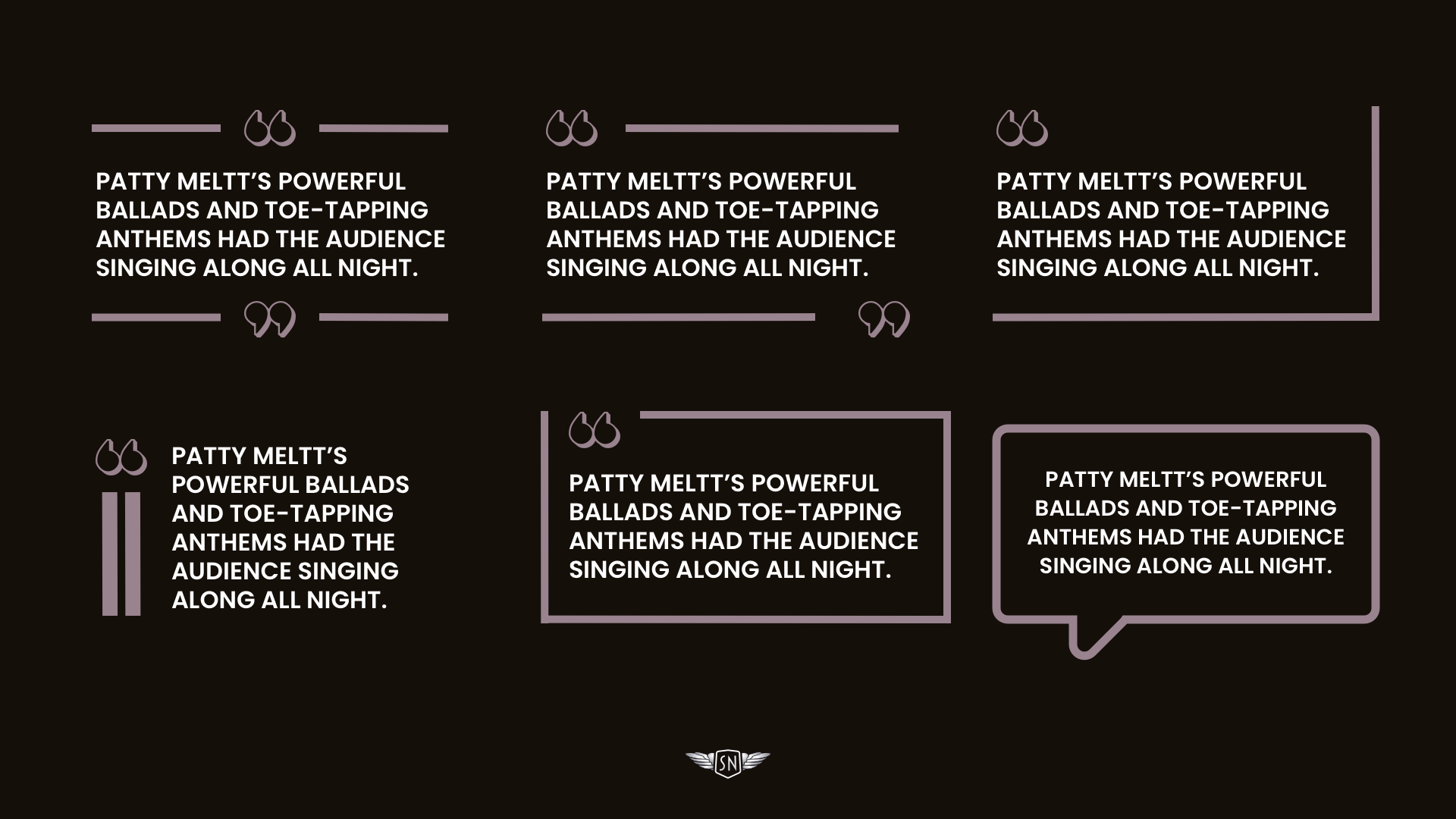
How do you design block quotes and pull quotes to reflect a brand’s visual identity and help tell its story? Here’s how I do it by styling the HTML blockquote element using borders, decorative quote marks, custom shapes, and a few unexpected properties.
![]() css-tricks.com
css-tricks.com
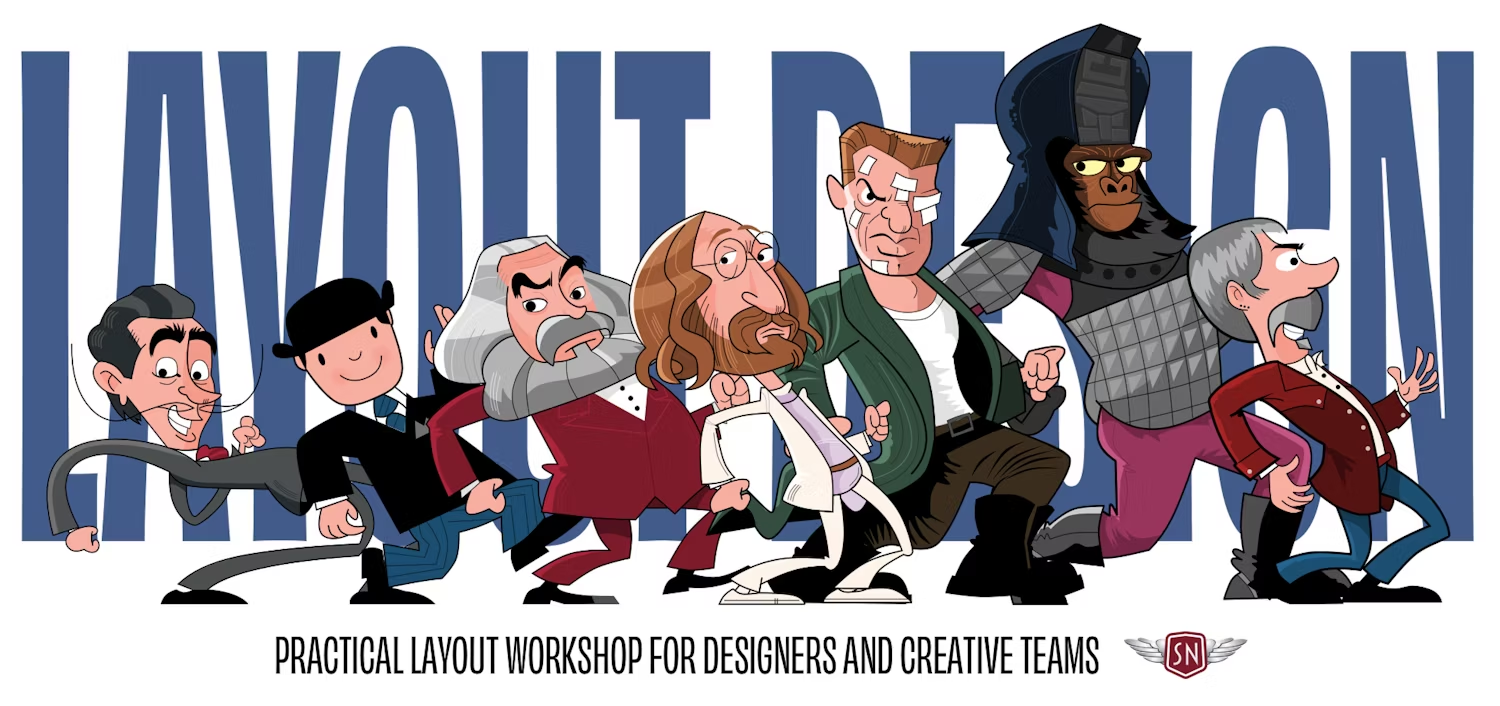
Web design veteran Andy Clarke is offering a two-hour workshop all about creating practical and creative page layouts this September 18. Register and save a few bucks with a coupon code.
![]() css-tricks.com
css-tricks.com

The WebKit blog is back with a follow-up on its CSS Masonry coverage. It leans into a direction (display: grid), …
![]() css-tricks.com
css-tricks.com
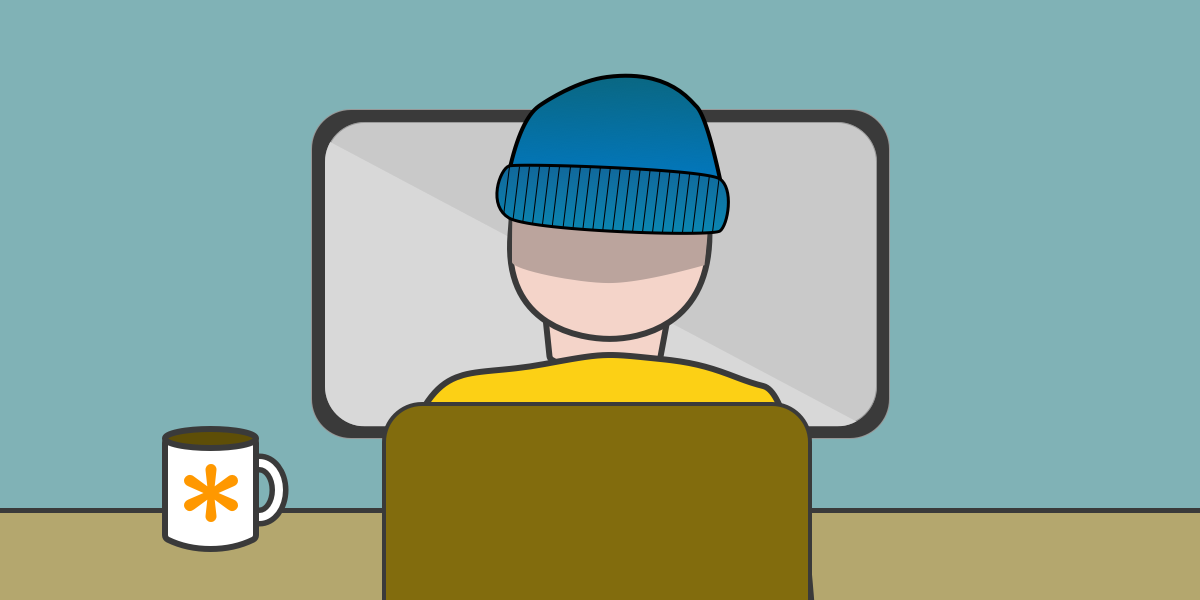
Get advice answering a set of 10 CSS-related questions you likely will encounter in front-end interviews.
![]() css-tricks.com
css-tricks.com
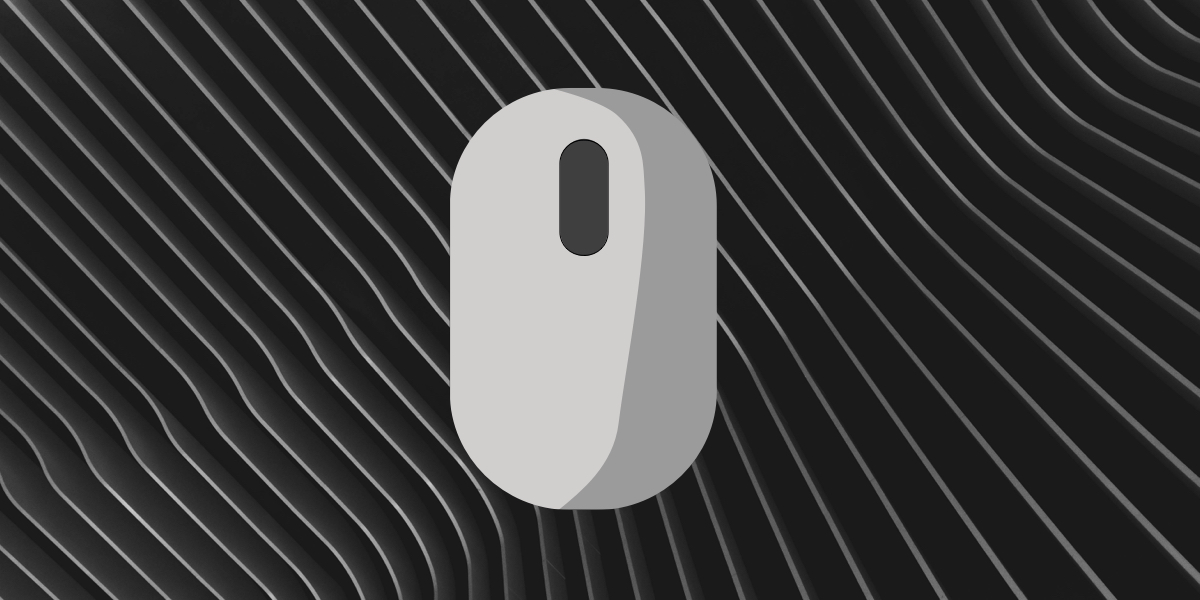
Parallax is a pattern in which different elements of a webpage move at varying speeds as the user scrolls, creating a three-dimensional, layered appearance. It once required JavaScript. Now we have scroll-driven animations in CSS, which is free from the main-thread blocking that can plague JavaScript animations.
![]() css-tricks.com
css-tricks.com

Today, I want to discuss a couple of patterns for naming color palettes that the community is using, and how I propose we can improve, so we achieve both flexibility and beauty.
![]() css-tricks.com
css-tricks.com

Is there a way to build demos that do not break when the services they rely on fail? How can we ensure educational demos stay available for as long as possible?
![]() css-tricks.com
css-tricks.com

I went on to figure out how make masonry work today with other browsers. I’m happy to report I’ve found a way — and, bonus! — that support can be provided with only 66 lines of JavaScript.
![]() css-tricks.com
css-tricks.com

The ol’ State of HTML Survey is now open and running through August 15.
![]() css-tricks.com
css-tricks.com
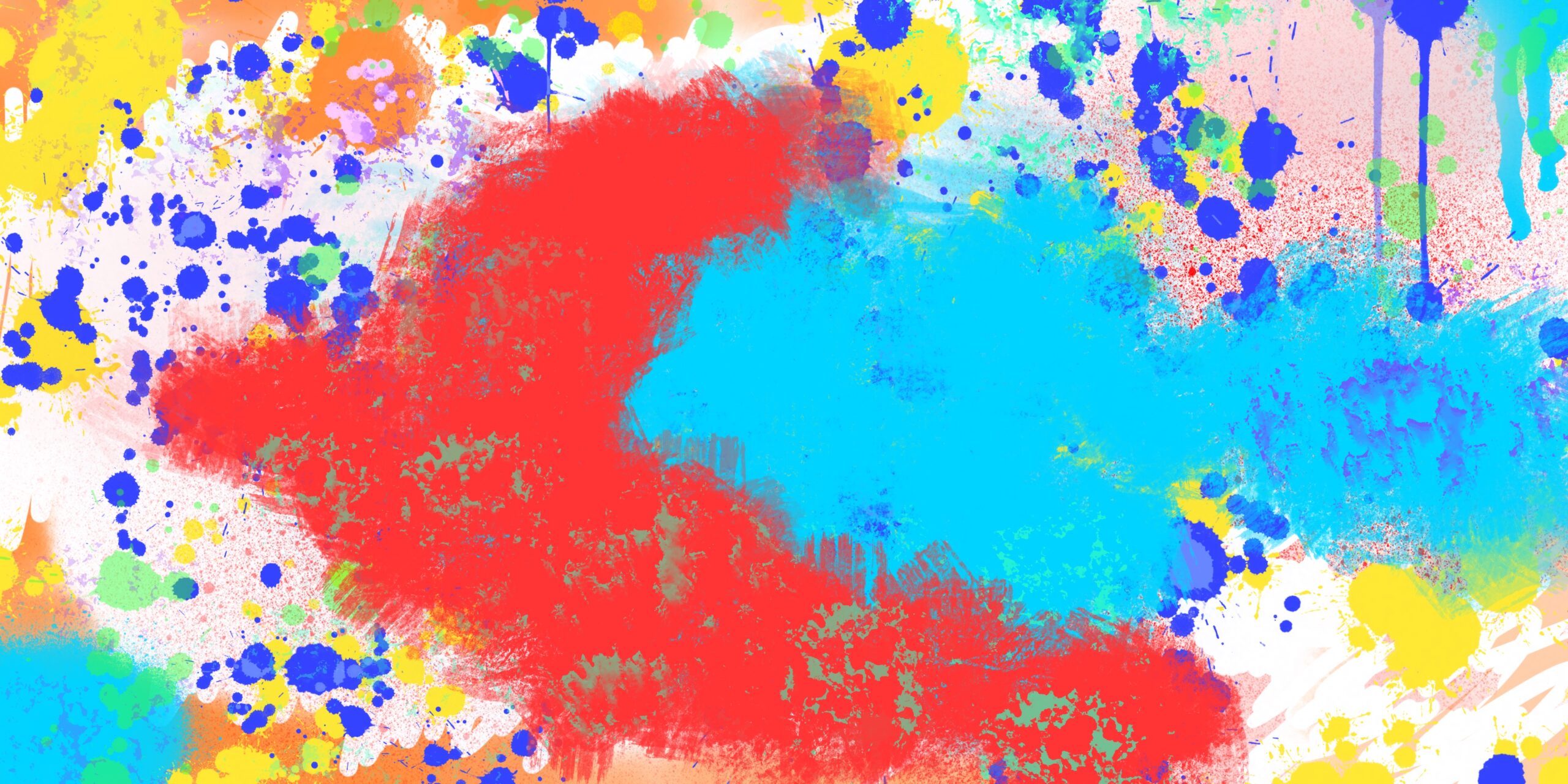
Do we invent or discover CSS tricks? Lee Meyer discusses how creative limitations, recursive thinking, and unexpected combinations lead to his most interesting ideas.
![]() css-tricks.com
css-tricks.com
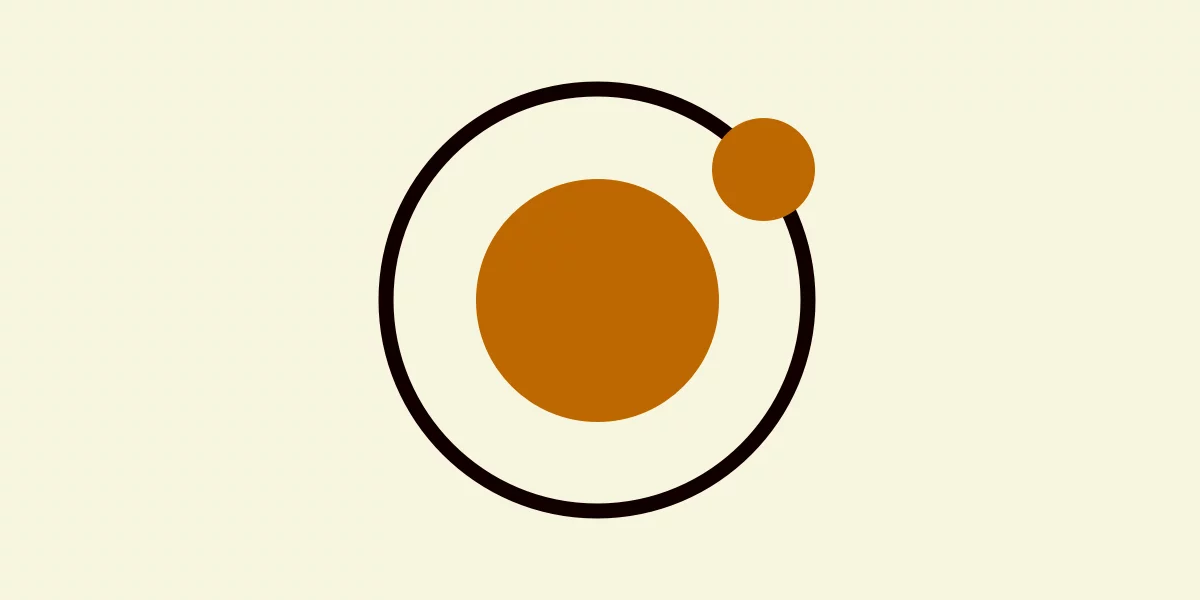
Brad Frost introduced the “Atomic Design” concept wayyyy back in 2013. He even wrote a book on it. And we …
![]() css-tricks.com
css-tricks.com

A CSS Masonry prototype has landed in Chrome and Edge 140. Really leans into the “Just Use Grid” camp. I …
![]() css-tricks.com
css-tricks.com

Chrome 139 is experimenting with Open UI’s proposed Interest Invoker API, which would be used to create tooltips, hover menus, hover cards, quick actions, and other types of UIs for showing more information with hover interactions.
![]() css-tricks.com
css-tricks.com
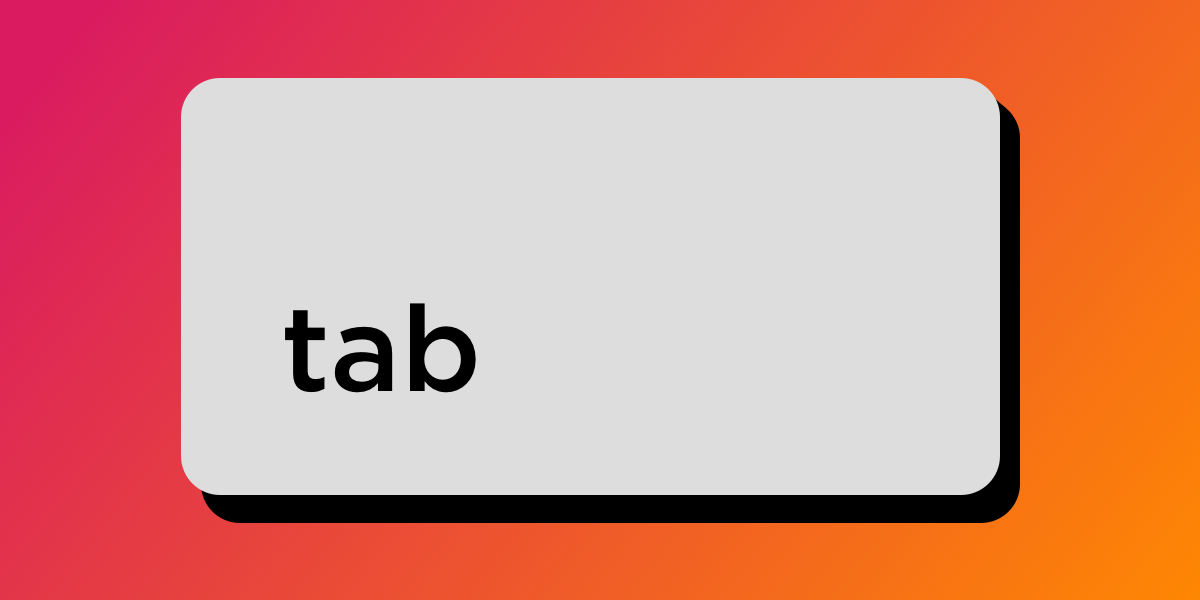
Focus trapping is about managing focus within an element, such that focus always stays within it. The whole process sounds simple in theory, but it can quite difficult to build in practice, mostly because of the numerous parts to you got to manage.
![]() css-tricks.com
css-tricks.com
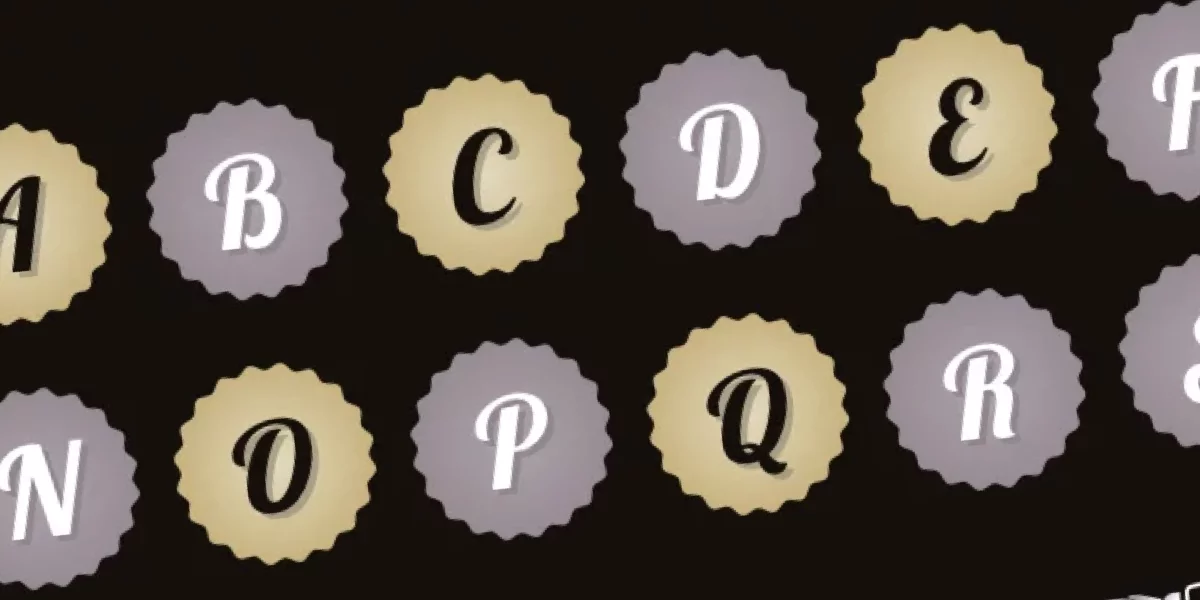
A versal letters is a typographic flourish found in illuminated manuscripts and traditional book design, where it adds visual interest and helps guide a reader’s eye to where they should begin.
![]() css-tricks.com
css-tricks.com

Gathered notes on Liquid Glass, Apple’s new design language that was introduced at WWDC 2025. These links are a choice selection of posts and resources that I’ve found helpful for understanding the context of Liquid Glass, as well as techniques for recreating it in code.
![]() css-tricks.com
css-tricks.com
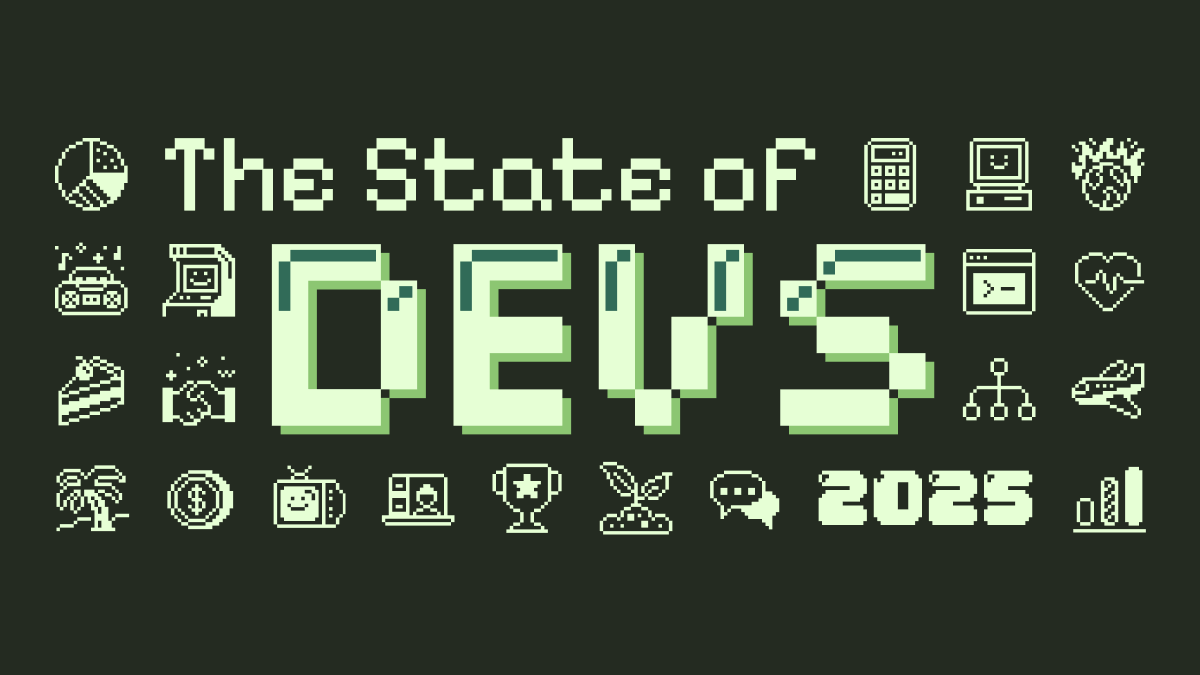
State of Devs 2025 survey results are out! Sunkanmi Fafowora highlights a few key results about diversity, health, and salaries.
![]() css-tricks.com
css-tricks.com

The many ways to juggle line length when working with text… including two proposed properties that could make it easier in the future.
![]() css-tricks.com
css-tricks.com

I was playing around with scroll-driven animations, just searching for all sorts of random things you could do. That’s when I came up with the idea to animate main headings and, using scroll-driven animations, change the headings based on the user’s scroll position.
![]() css-tricks.com
css-tricks.com
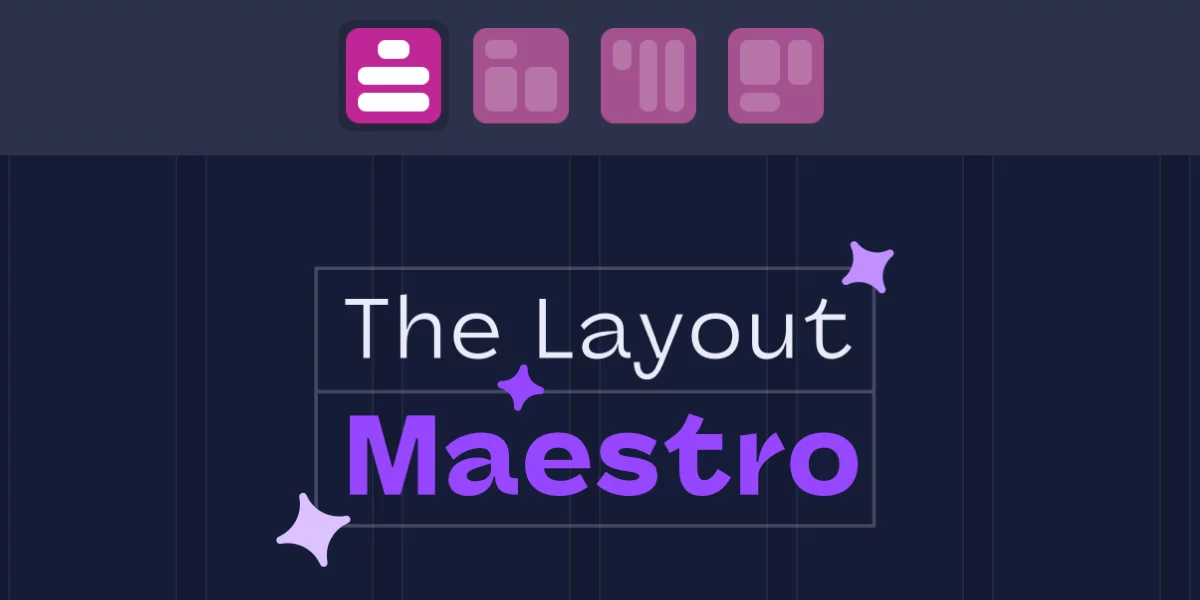
Layout. It’s one of those easy-to-learn, difficult-to-master things, like they say about playing bass. Not because it’s innately difficult to, …
![]() css-tricks.com
css-tricks.com

The shape() function’s close and move commands may not be ones you reach for often, but are incredibly useful for certain shapes.
![]() css-tricks.com
css-tricks.com
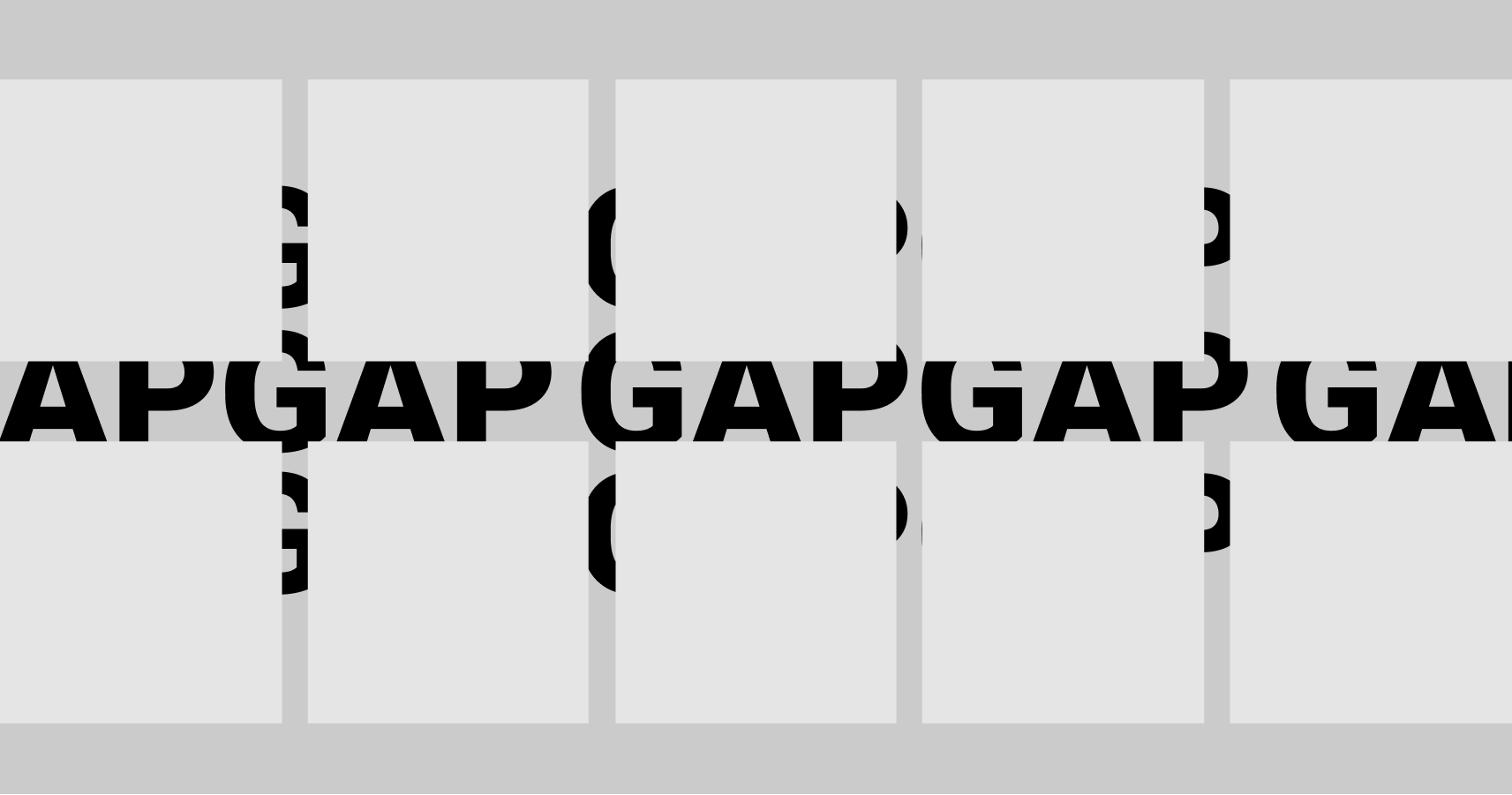
Styling the space between layout items — the gap — has typically required some clever workarounds. But a new CSS feature changes all that with just a few simple CSS properties that make it easy, yet also flexible, to display styled separators between your layout items.
![]() css-tricks.com
css-tricks.com

Being the bad boy I am, I don’t take Tailwind’s default approach to cascade layers as the “best” one. Over a year experimenting with Tailwind and vanilla CSS, I’ve come across what I believe is a better solution.